Secret (시크릿)
13.7Km 2021-03-24
81, Songcheon, 2-gil, Andong-si, Gyeongsangbuk-do
+82-54-823-2020
It is a place where you can try various dishes featured in its menu. This restaurant's signature menu is chicken feet. This Korean dishes restaurant is located in Andong-si, Gyeongsangbuk-do.
Gulmaeul Nakjichon (굴마을낙지촌)
13.7Km 2021-03-24
26, Pungyo, 3-gil, Andong-si, Gyeongsangbuk-do
+82-54-853-6343
It is a place where you can eat various seafood dishes and soup. The best menu at this restaurant is oyster and rice soup. This Korean dishes restaurant is located in Andong-si, Gyeongsangbuk-do.
Dojeong [Korea Quality] / 도정서원 [한국관광 품질인증]
14.3Km 2023-11-30
417 , Gangbyeon-ro, Yecheon-gun, Gyeongsangbuk-do
+82-10-3451-9900
Dojeong Seowon in Yecheon, Gyeongsangbuk-do, was built to honor Yakpo Jeong Tak, who saved the life of the famous Admiral Yi Sunshin back in the 1500s. Now a hanok stay, it has four guest rooms, including Gangdang, once used as a lecture hall by Joseon scholars; a pavilion called Eup-hojeong; and Dongjae and Seojae, which were once dormitories. Gangdang is a private house of about 100 square metres and is suitable for group travelers. Eup-hojeong stands on a bluff overlooking the stream. Dongjae and Seojae have their own bathrooms. Standing on the 2nd floor of the pavilion brings one to the view of the Naeseongcheon Stream flowing in an arc around the mountain.
Geumjang Garden (금장가든)
14.6Km 2021-03-24
54, Saemdeurwit-gil, Andong-si, Gyeongsangbuk-do
+82-54-822-0948
It is a place where you can enjoy delicious marinated pork. This restaurant's signature menu is spicy stir-fried pork. This Korean dishes restaurant is located in Andong-si, Gyeongsangbuk-do.
Yeongju Museom Village (영주 무섬마을)
15.6Km 2021-08-24
31-12, Museom-ro 234beon-gil, Yeongju-si, Gyeongsangbuk-do
+82-54-638-1127
Located in Sudo-ri in Yeongju, Gyeongsangbuk-do, Museom Village is a charming hanok village surrounded by water. Flowing down from Sobaeksan Mountain and Taebaeksan Mountain, Naeseongcheon Stream and Yeongjucheon Stream converge and loop around Museom Village, surrounding the village on three sides with water. This peninsula-like village is not only the center of traditional Korean culture, but also has a gorgeous natural landscape complete with a wide sandy riverside and a lush inland forest.
Known for Haeudang and Manjukje Houses (two of the most historical hanok houses in the area), the village is also home to other outstanding traditional houses such as the Kim Gyu-jin House and the Kim Wi-jin House. Manjukje House is located at the heart of the village and the oldest traditional house in this hanok village. Manjukje was built in 1666 (7th year of King Heonjong's reign) by Bak Su (the father of the Bannam Bak Family).
Nearby Manjukje is Manun House, built in the early 19th century and named after Kim Hwi-geol (penname “Manun”). The house later became the home of the wife of the famous poet Jo Ji-hun, author of “Byeolli,” a poem expressing the beauty of Museom Village.
Other notable houses include the Kim Wi-jin House (a house belonging to aristocrats), the Kim Jeong-gyu House (a house without the traditional outer fencing), and the Bak Jae-yeon House, where the writings of Bak Gyu-su (a respected scholar during the Joseon period) still remain today.
Another famous attraction in the village is the Single Log Bridge, which was the village’s only connection to the outside world for over 350 years before the construction of Sudo Bridge in 1979. It is a tiny bridge in terms of x_width (30 cm), but it stretches for over 150 meters. It is said that the bridge was rebuilt annually after being destroyed each rainy season. With the construction of Sudo Bridge, the Single Log Bridge was no longer needed, but was rebuilt some time later in its original form. To celebrate the bridge’s impressive history, the village hosts the Single-Log Bridge Festival every October.
Manjukjae House[Korea Quality] / 만죽재 고택[한국관광 품질인증]
15.6Km 2024-10-30
11-10 , Museom-ro 234beon-gil, Yeongju-si, Gyeongsangbuk-do
+82-54-638-1127
Manjukjae House is the oldest hanok in Museom Village, Yeongju, Gyeongsangbuk-do, with a history dating back 360 years. Originally built by Park Su to live the life of a reclusive gentleman after the Manchu Invasion of Korea, the house has been passed down from generation to generation through 13 generations. There are four guest rooms, Seomgye Chodang, Sarangchae (detached building), Anchae (main building), and Chaekbang (study), all of which can accommodate two people. Among them, Seomgye Chodang offers the best view, from where guests can enjoy the scenery of the log bridge in Museom Village, the Naeseongcheon Stream, and the white sandy beach. With the windows wide open, you can enjoy the cool breeze and the soothing sounds of nature.
Museom Single-Log Bridge Festival (무섬외나무다리축제)
15.6Km 2024-11-29
41, Museom-ro 234beon-gil, Yeongju-si, Gyeongsangbuk-do
• 1330 Travel Hotline: +82-2-1330 (Korean, English, Japanese, Chinese) • For more info: +82-54-630-8703
Museom Village is surrounded by water on three sides as it is located at the place where Naeseongcheon Stream (the upstream of Nakdonggang River) and Seocheon Stream meet. The village is called Sudori, or Museom, meaning an island in an inland area. It is a traditional village which has nine cultural assets, including Haeudang House (Folk Item No. 92).
The Museom Single-Log Bridge Festival, a landmark celebration of Yeongju, is held every October. The Museom Single-Log Bridge is one of the 100 most beautiful paths of Korea selected by the Ministry of Land, Transport and Maritime Affairs. The bridge is only 23-centimeters wide and it connects the village to the land across the stream surrounding it. The festival aims to preserve and promote the nation’s traditional culture. During the festival, one can enjoy and take part in a wide variety of folk events including the intramural Ssireum (traditional wrestling) Competition, Nongak (farmer’s music) Performance, Satto (chief of the village) Parade, crossing the bridge with a cow, a groom marching on a horse and a traditional wedding ceremony.
Andong Gunja Village (안동 군자마을)
16.2Km 2024-02-23
29 Gunjari-gil, Waryong-myeon, Andong-si, Gyeongsangbuk-do
Andong Gunja Village, established 600 years ago, was relocated 2 kilometers from its original site due to submergence during the construction of Andong Dam. The village's tradtional houses and pavilions were meticulously moved to preserve their historic value. Known as Gunja Village, it derives its name from a remark by the Joseon-era civil servant Jeong Gu, who noted, "There is no one in the village who is not a Gunja (gentleman)". The village is home to over 20 ancient houses, including the Hujodang Head House and Takcheongjeong Pavilion, maintained in their original state. Moreover, the village archives over 1,000 documents detailing adoption, property ownership, and labor distribution.
Andong Gunja Village (Ocheon Historic Site) (안동 군자마을(오천유적지))
16.2Km 2024-10-24
29 Gunjari-gil, Waryong-myeon, Andong-si, Gyeongsangbuk-do
+82-54-852-5414
Andong Gunja Village is a cluster of around twenty hanok. During the Joseon dynasty, this area produced many scholars, hence earning the name Gunja Village, meaning a village where many learned scholars reside. Designated cultural heritage sites include Takcheongjeong Historic House, and Shrine of the Gwangsan Kim Clan. Visitors can experience hanok stay, immersing themselves in the ambiance of historic houses and traditional customs.
Taewang Garden (태왕가든)
17.3Km 2021-03-23
35, Gudambaenadeul-gil, Andong-si, Gyeongsangbuk-do
+82-54-853-0655
A place where you can taste various Korean dishes. This Korean dishes restaurant is located in Andong-si, Gyeongsangbuk-do. The most famous menu is whole duck soup with medicinal herbs.
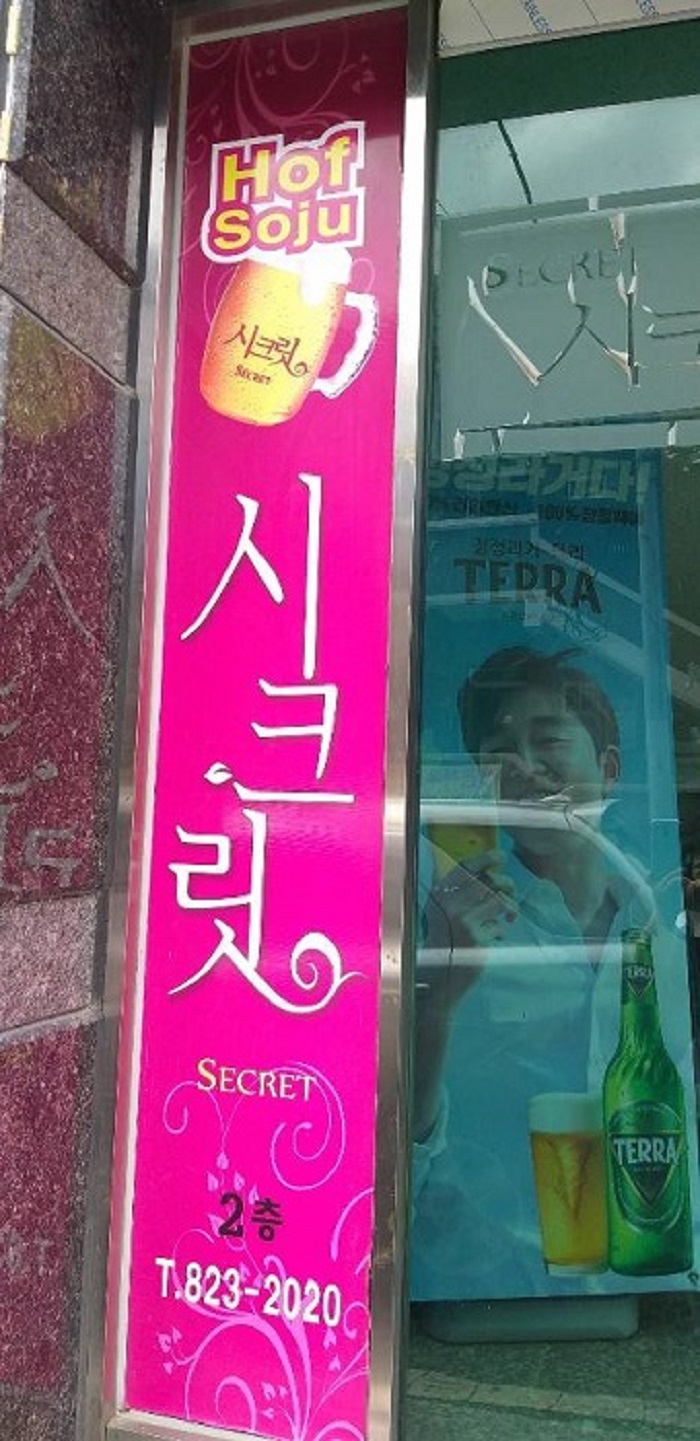
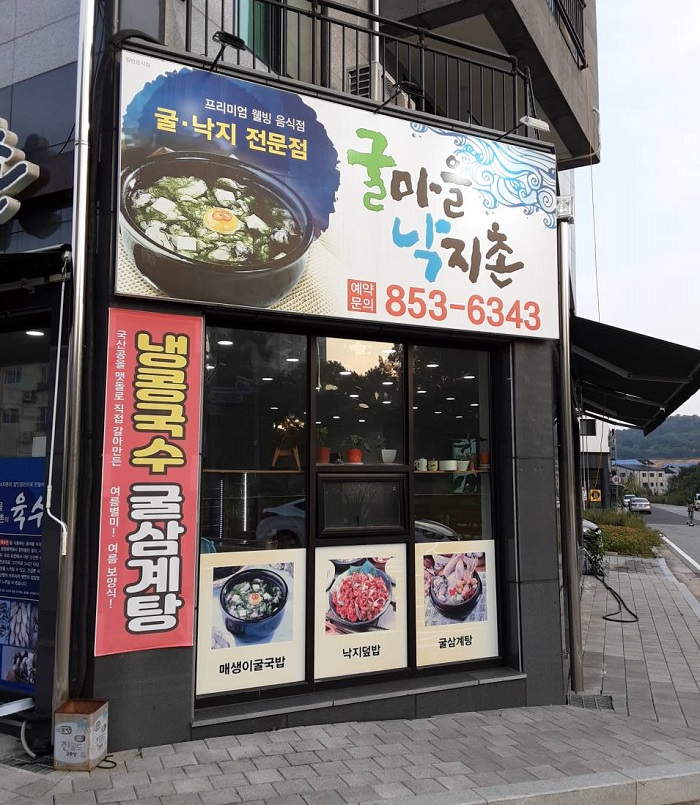
![Dojeong [Korea Quality] / 도정서원 [한국관광 품질인증]](http://tong.visitkorea.or.kr/cms/resource/58/3037058_image2_1.jpg)
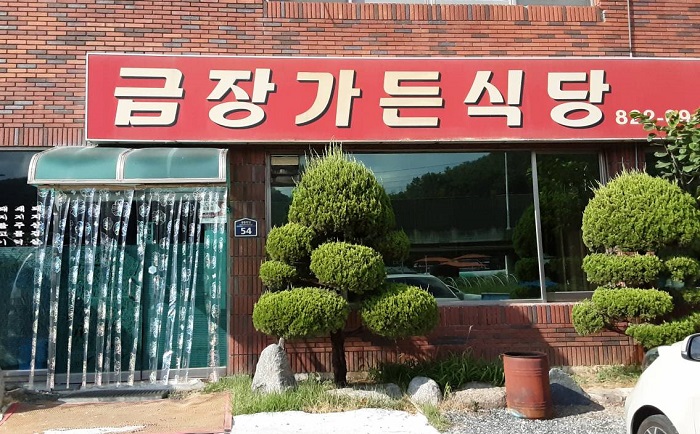
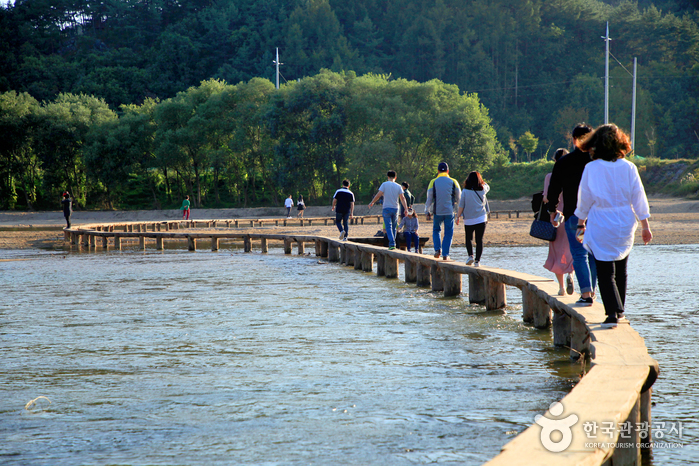
![Manjukjae House[Korea Quality] / 만죽재 고택[한국관광 품질인증]](http://tong.visitkorea.or.kr/cms/resource/55/3016955_image2_1.jpg)
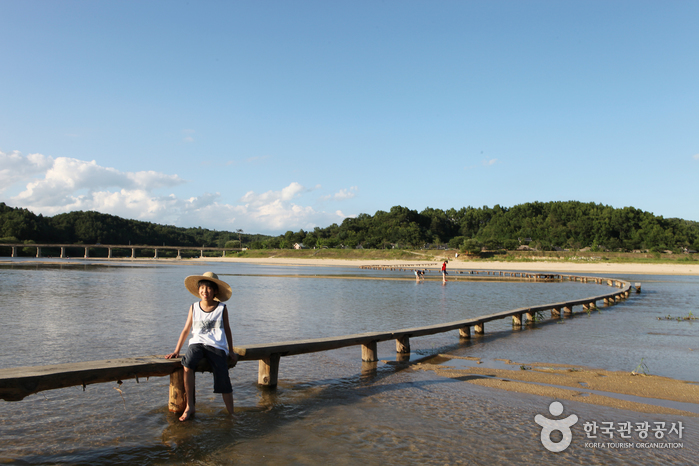
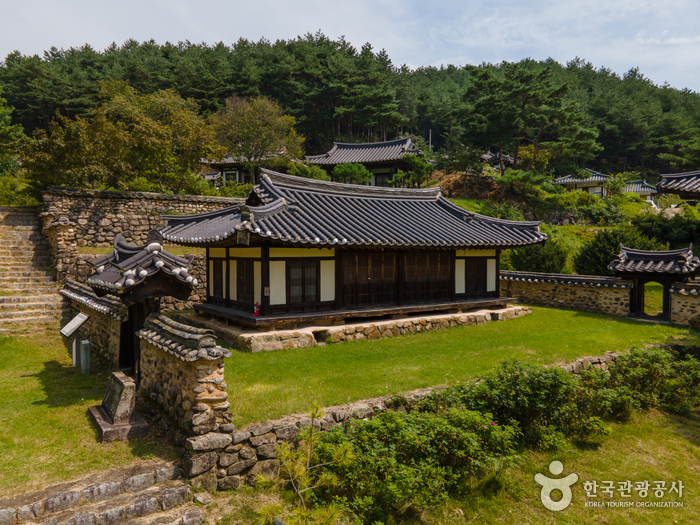
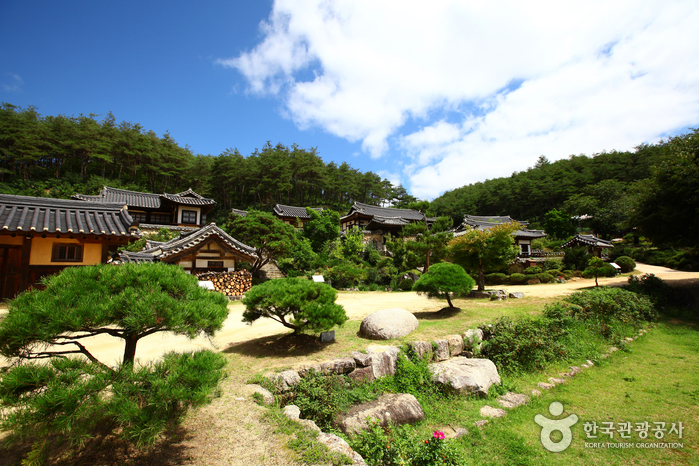

 English
English
 한국어
한국어 日本語
日本語 中文(简体)
中文(简体) Deutsch
Deutsch Français
Français Español
Español Русский
Русский